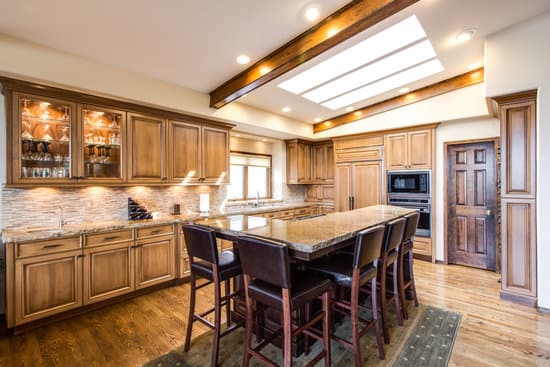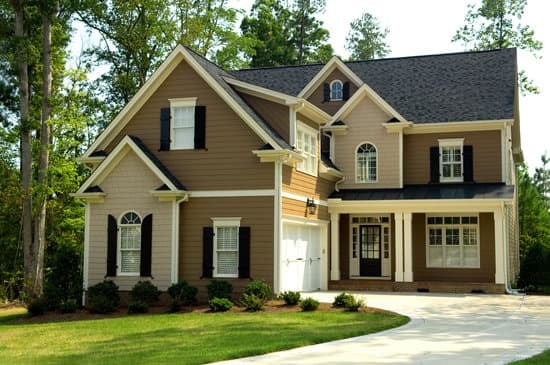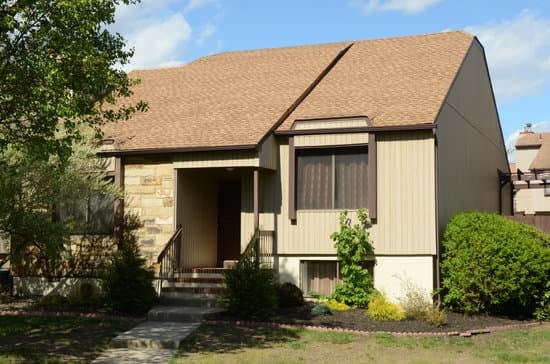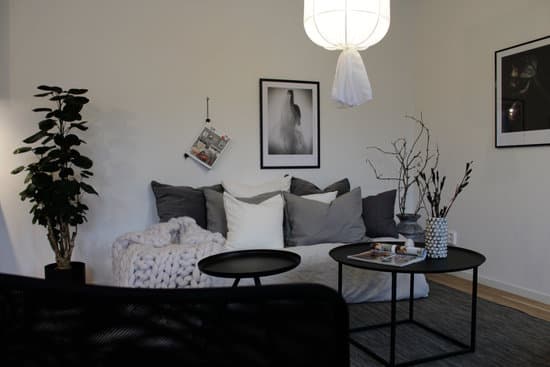Chinese architecture is characterized by its unique features and design elements. These design elements are influenced by traditional beliefs, Feng Shui, and ancient philosophy. One of the most prominent features of Chinese architecture is the use of the five elements. These elements are believed to bring harmony and balance to the environment. Let’s take a closer look at the five elements in Chinese architecture.
Shui (Water): Water is a symbol of wealth, abundance, and prosperity in Chinese culture. In Chinese architecture, water is represented by features such as fountains, ponds, and waterfalls. These features are believed to balance the energy in the environment and bring good fortune.
Huo (Fire): Fire symbolizes passion, energy, and creativity in Chinese culture. In Chinese architecture, fire is represented by the use of bold colors, warm lighting, and candles. These design elements are believed to promote positive energy and enthusiasm.
Jin (Metal): Metal is associated with strength, power, and authority in Chinese culture. In Chinese architecture, metal is represented by the use of metal accents, metallic finishes, and metal ornaments. These elements are believed to bring balance and protection to the environment.
Tu (Earth): Earth represents stability, nourishment, and fertility in Chinese culture. In Chinese architecture, earth is represented by the use of natural materials such as stone, clay, and brick. These materials are believed to create a sense of grounding and stability in the environment.
Mu (Wood): Wood symbolizes growth, health, and vitality in Chinese culture. In Chinese architecture, wood is represented by the use of bamboo, wooden fixtures, and furniture. These elements are believed to promote good health and well-being in the environment.
In conclusion, the five elements in Chinese architecture are an essential aspect of the design and bring balance, prosperity, and positive energy to the environment. Understanding the use of these elements can help homeowners and designers create a harmonious and balanced space that promotes well-being and tranquility.
What are the 5 elements in Chinese architecture? Exploring ancient design principles




















